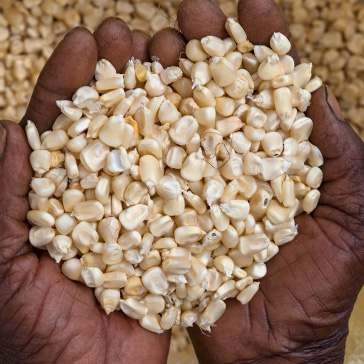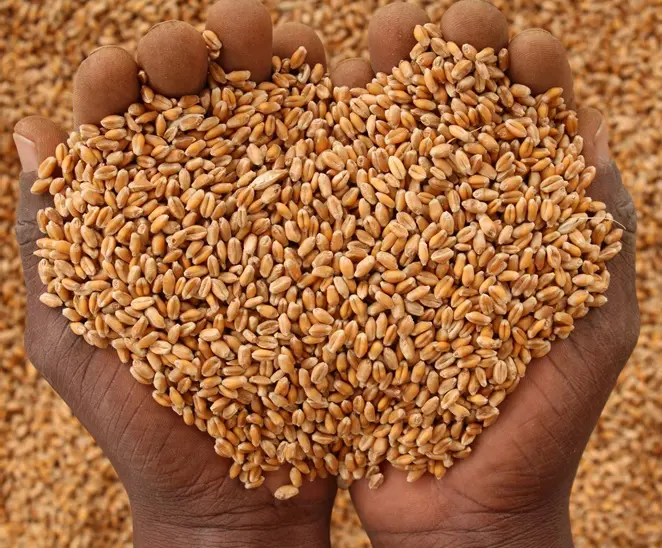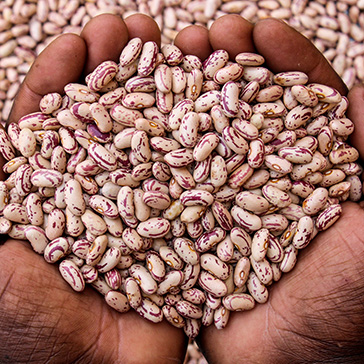Wheat Production: A gentle production guide
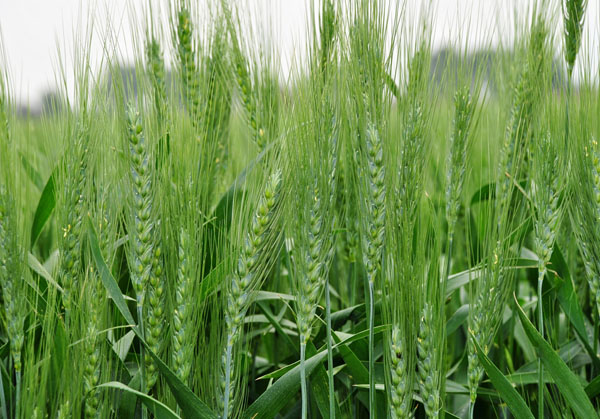
Wheat is the second most important cereal after maize in the food security basket in Zimbabwe. The production of various products such as bread, buns and cakes has made the crop popular with the general populace. Its importance is broadly two pronged i.e. to the farmer and to the nation.
To the farmer
It is one of the crop ventures with a very lucrative return on investment. The return per dollar invested for wheat is about $2-$3 under high productivity levels. After investing about $2000.00/ha, a farmer can get a total income of about $4000.00 (at 8 tonnes/ha and @$500/tonne), giving a gross profit of about $2000.00/ha. We can imagine a farmer doing 200ha getting between 8 and 11 tonnes/ha.
It is also a major viable component of double cropping set ups. We have always been encouraging farmers with irrigation to adopt the double cropping concept in order to improve their bottom and top line stories at farm level as well as to spread coverage of fixed costs per year. Growing wheat in winter also aids spread of cash flow on the farm.
The basic farm business principle is that farmers should have at least 2 major crop harvests per year supported by other complimentary crop sales/ventures after every two months. We generally recommend diversity in terms of crops and other non-crop ventures on the farm. This generally ensures smooth running of farming concerns. Maize-Wheat-Maize or Soybean-Wheat-Soya bean are some of the common rotations. The same machinery, especially combine harvesters, can be used to harvest both the winter and summer crops.
To the nation
Since the nation is in a drive for import substitution, producing wheat locally will result in forex savings which would otherwise be channelled to other more productive related priorities of the economy. The national annual wheat/flour requirement is about 350 000 metric tonnes and over the years Zimbabwe was producing less than a quarter of that. One can imagine the savings if we can produce this requirement locally.
Producing wheat locally will create employment directly at farm level (agriculture value chain) and indirectly (other value chains), upstream and downstream industries such as milling, baking and food outlets. Currently wheat contributes between 4-5% (a significant chunk) to the agriculture GDP. Producing this annual national requirement locally will surely double if not triple its contribution to the agriculture GDP. Ultimately we can also expect an increase in agriculture GDP contribution to the national GDP from the current range of 20-30% upwards.
This week we are going to share some agronomic considerations to increase wheat productivity and production in Zimbabwe.
Planning for wheat production
The standard cost structure for wheat at high management levels ranges between $1700 and $2100/ ha at full absorption (i.e. incorporating all variable costs). This cost outlay is huge on a per hectare basis and as such farmers should always aim to achieve higher yields in the upwards of 6 tonnes per hectare for them to realise a margin. Zimbabwe used to achieve some of the highest national average yields of wheat between 5-6t/ha in the past as compared to the current global average of 2.5 – 3t/ha.
The genetics (varieties) are still there and if we get our management right, we can achieve in excess of 10t/ha in the high potential areas. Let us tap into the genetic gains. Using the current GMB prices, the break-even yield (when the gross profit is zero) is 4 tonnes/ha. Some good farmers are getting above 8 tonnes per ha and even up to 11 tonnes/ha. We can imagine the returns in such cases. It is imperative to adopt Good Agronomic Practices (GAPs) to improve productivity levels and in order to optimise our top-lines and bottom lines at farm level-the ultimate end game!
Soils and climate
Wheat is a temperate crop and is best grown in winter under irrigation with optimum day temperatures of between 15 – 20OC and cooler nights giving the best yields. There are some varieties that may be grown in summer (such as Sahai), but generally there is high disease and weed pressure in summer accompanied by warmer temperatures that result in depressed yields (≤ 3t/ha), therefore, winter is the best time for growing wheat.
The crop is adapted to a wide range of soils. The soils must be well drained with an optimum pH range of 5.5-6.5 on a Calcium Chloride scale. Wheat yields are greater in the highveld (>1200 masl (metres above sea level)) and middleveld (800 – 1200 masl) with yield potential of 8 to 12 t/ha compared to the lowveld (<800 masl) where yields average of 4.5-7 t/ha under good management.
Land preparation and soil conditioning
The most suitable soil for wheat is one with:
- A good effective depth with a fine tilth to ensure seed-soil contact. Good seed-soil contact ensures good crop emergence and stand which are the basis for good yields
- Favourable physical properties: good internal drainage, an optimal moisture regime
- Chemical properties: sufficient and balanced quantities of nutrients (NPK and other micro-nutrients/trace nutrients)
- Biological properties: good level of organic matter, and with beneficial micro-organisms
The objective of soil tillage is to maintain the existing structure of soil or to improve the structure of poorly structured soils as well as addressing the three properties as mentioned above (physical, chemical and biological).
Soil conditioning
- Lime can be applied if required to ‘sweeten’ acidic soils to the pH optimum range. Lime application should be based on soil analysis prescriptions.
- Gypsum improves soil physical structure i.e. removes hard setting clodiness, removes surface crusting and poor workability as well as supplying the soil with complementary Calcium and Sulphur for good crop standing and growth.
Tillage procedures
There are several options of tillage which fall under two broad categories: conservational and conventional tillage which can be adopted in wheat production. The conventional tillage procedure follows the following steps:
Deep ploughing (ripping or chisel plough), liming and basal fertiliser application, discing and then followed by rolling. A roller can be pulled concurrently behind a disc harrow. Conservational tillage also known as zero/minimum tillage is another cheaper and more sustainable option which farmers can adopt.
Time of Planting
The optimum time for planting winter wheat is between mid-April and the last week of May and even earlier in the Lowvelds. Sometimes planting time can be extended to mid-June but not normally recommended. Delayed planting results in a loss of about 50kg/ha/day after May. The first two weeks of May tend to give the best yields in the Highveld areas. Adhering to the optimum planting time has some agronomic explanations and rationales:
- Early summer rain escape. Rains which come after the wheat has reached physiological maturity causes sprouting (grain germination in the ear) and results in down grading of the wheat due to a decline in baking qualities.
- Disease escape – disease pressure especially for rust diseases normally rises when temperatures start to warm up around August and an early planted crop would have gotten a good head start without disease pressure.
- Pest escape – likewise pest pressure such as aphids start to rise when temperatures start to rise. An early planted crop will have a good head start ahead of pest pressure.
- Early planting will result in early harvesting around September. One of the key considerations for the adoption of double cropping is early planting and early harvesting for both summer and winter crops. The farmer will come in with his summer crop on time when wheat is planted and harvested early. Generally, wheat takes about 125-140 days to physiological maturity depending on variety, altitude and weather conditions. The higher the altitude, the longer the time from planting to maturity.
- Wheat critical stages such as crop establishment, tillering, flowering and grain filling will coincide with the optimum growth conditions when the crop is planted early. For instance, for robust tillering i.e. for the plant to produce secondary stems (4 – 5 weeks after crop emergence) requires very cool conditions that normally occurs in May and June while Flowering (60 – 90 days) and Grain filling (> 90 days) must not coincide with frosty conditions to avoid crop sterility.
Seeding Rates
The optimum plant population for wheat is 220-250 plants per m2. Seed rate depends on the seed size, germination percentage, planting conditions and planting method. To achieve optimum population density, a seeding rate of about 110-125 kg/ha when drilling and 125-135 kg/ha when broadcasting with a vicon spreader is recommended. To ensure good crop standability and yield, farmers should adhere to these optimum population densities. Diseases such as Powdery mildew are also minimized with good agronomic practices.
Irrigation requirements and scheduling
Since there is very little or no rainfall during winter in Zimbabwe, irrigation is required to achieve a high yielding wheat crop. The total gross amount of water required is between 450 and 600 mm per ha (i.e. 4.5 – 6 mega litres per ha) depending on method of irrigation (overhead irrigation with sprinkler or use of Centre Pivots) and must be applied as the crop requires it. The key points are:
- the soil must be brought to field capacity to the full potential rooting depth (about 1,2 m) at planting to emerge the crop;
- a light irrigation must be applied at the 4th or 5th day after sowing, to break the crust to ensure good crop emergence;
- a light irrigation must be applied at 14 to 17 days after emergence to stimulate crown root development and tillering, and;
- irrigation thereafter must be applied to match crop water use. On sandy soils with low water holding capacities, irrigate frequently (7 to 9 day cycles with 30-35mm net). On clays and sandy clays, with good water holding capacities, irrigation may be less frequent with larger amounts (10 to 14 day cycles with 40-45 mm net). This is a general irrigation scheduling guide. For an informed irrigation scheduling, the use of a soil auger to evaluate the soil water content ahead and behind the irrigation line is a good aid to irrigation management. Irrigation is terminated when the neck of the ears/spikes/head (peduncle) turn yellow i.e. physiological maturity.
- Crop hardening: After the crop has emerged, the hardening stage begins. This induces crown root development as well as tillering. The recommended hardening period (irrigation is temporarily terminated during this stage) is 10 and 14 days in light and heavy soils respectively.
- Top dressing fertiliser and herbicide application is done after a light irrigation which follows the hardening period, normally about 21 days after emergence.
Fertilisation
The fertiliser regime management in wheat, like any other crop must be tailored to the soil fertility status, the yield potential and the grain quality requirements. As a general guide, wheat requires a basal application of 300 to 500 kg/ha of a compound fertiliser (such as 7-14-7) and a top dressing of 350 to 500 kg of Urea or Ammonium Nitrate per ha. Both fertiliser dressings are broadcast by a vicon.
Generally, 160 -190kg/ha of Nitrogen Units (N), 50 – 70 units of Phosphorous (P) and 30 – 50 units of Potassium (K) are adequate for optimum plant growth. Basal fertiliser need incorporation into the soil by discing and should be applied after primary tillage. The top dressing is usually applied in one application between 14 – 21 days after emergence on heavy soils, and in two applications of equal amounts at 14 and 35 days after emergence on sandy soils. Top dressing should be applied after the hardening stage.
Top dressing is essential for good leaf and general plant growth and ultimately the yield but also importantly for attaining good protein levels. The minimum protein level requirement for “Premium” (Good quality) wheat is 11%. It is one of the considerations for grading and pricing of wheat. Attainment of good protein levels is also determined by varietal choice and general management. Application of Nitrogen after flowering can also boost the Grain Protein Content of wheat.
All fertility management practices must be based on proper full soil analysis recommendations by approved laboratories.
Weed control
Farmers are advised to use some wheat specific post-emergence herbicides which should be applied after a light irrigation which follows the hardening period (2 WACE-Weeks After Crop Emergence). We also recommend farmers to apply specific herbicides against volunteer crops. Puma super is normally sprayed when wheat is planted after a maize crop against maize volunteer plants. For soya volunteers, a herbicide called ally is recommended. Banvel and MCPA combination covers a wide spectrum of broad leaf weeds and is recommended.
Farmers can consult agronomists and agrochemical companies for herbicide recommendations and it is important for farmers to read labels whenever they are applying herbicides.
Pests and diseases
Aphids and stalk borers can attack wheat with aphids coming in earlier soon after tillering while borers can attack the plant from flowering onwards. Farmers must also be on the look-out for “Fall armyworm” given that wheat is one of the host crops to the pest. These pests can be controlled with appropriate pesticide sprays after scouting.
During the late grain-filling period, Quelea birds may consume much grain and reduce yields significantly if not attended to. A pesticide molecule called 9,10-Anthraquinone 50% WP (Bird Shield) has been developed, which can be used as a seed dressing or as a foliar spray at soft dough stage. Efficacy of this pesticide molecule can be enhanced by applying with a sticker and also a rain-fast period of 4 hours or more. This pesticide molecule will act as a bird repellent. This is the best and the most efficient option. The other option is bird-scaring using bells, tins, whistles, discs/reflectors etc. by bird scaring gangs.
Diseases such as Leaf Rust, Stem Rust, Powdery Mildew, Fusarium Head Blight and Take-all may cause yield reduction. Farmers must seek professional advice on how to control these diseases. The best bet is for farmers to grow resistant varieties and Seed Co wheat varieties such as SC Select are resistant to these diseases. Generally two preventative fungicide sprays are recommended if farmers are located in disease prone areas and gives some form of insurance against climate change that can result in new disease pathotypes.
NB: Farmers are encouraged to scout their wheat crop for diseases, pests and deficiencies and make spraying decisions early when pest/disease reaches economic threshold levels.
Consult Agrochemical companies for more information on chemicals. Always read chemical labels carefully, use safe practices and adequate protective gear during application.
Parting shots
A farmer must be a Crop Doctor, who takes time to investigate his fields in order to prevent problems and improve productivity. He walks his fields regularly, observing, inspecting, evaluating and interpreting the possible effect of the observations on crop growth. He diagnoses problems, seeks and proffers solutions.
Here are some tips on how to be a crop doctor:
Walk through your fields in a random manner, stopping every now and then to examine the soil, plants and surroundings. Be observant, be an investigator, think and take notes.
Examine at least ten places in the field when taking a general inspection, but if scouting for pests and diseases, it may be necessary to examine between 24 and 100 plants or more, depending on the pest and the size of field. Inspection pattern can be random, zig zag or diagonalpattern.
About the authors
- John Basera is Seed Co Head of Agronomy Services. He can be contacted on +263 772 413 184/ john.basera@seedcogroup.com
- Tegwe Soko is Seed Co Group Wheat and Small Grains Breeding Programme Lead. He can be contacted on +263 772 516 669/ tegwe.soko@seedcogroup.com.
Author: John Basera and Tegwe Soko

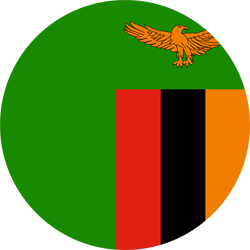 Zambia
Zambia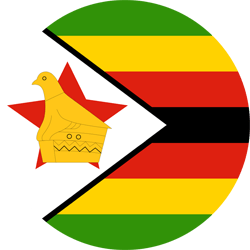 Zimbabwe
Zimbabwe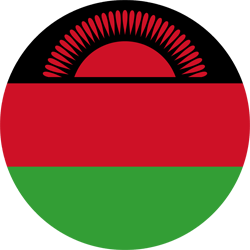 Malawi
Malawi Botswana
Botswana Nigeria
Nigeria